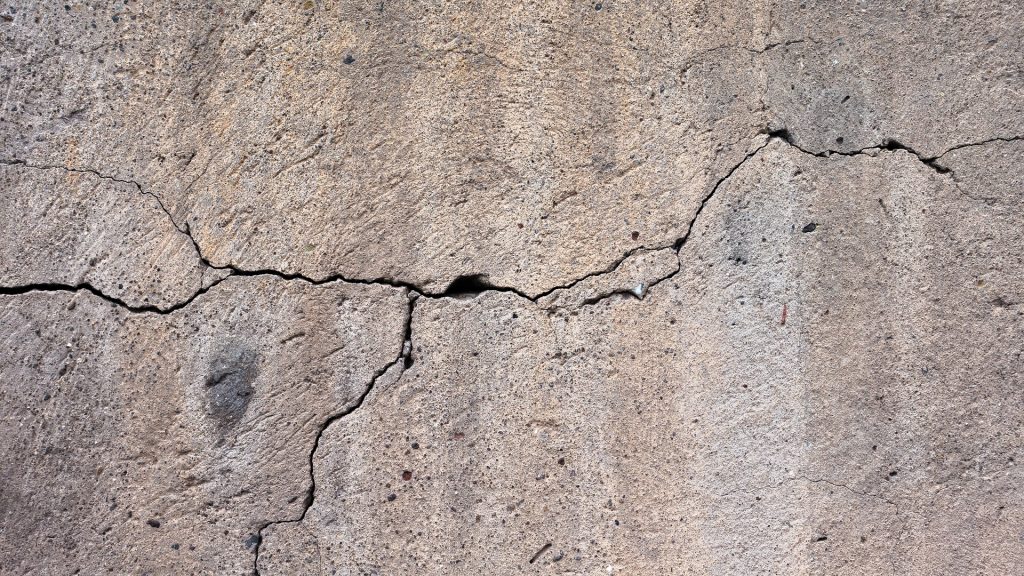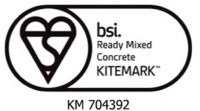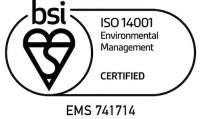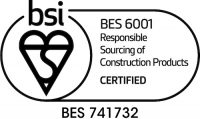As far as structural problems go, concrete cancer isn’t something that you will hear spring up all that often, but that doesn’t mean that it’s not serious. Concrete cancer needs to be spotted early and dealt with quickly if your building is to come out unscathed, and the team here at EasyMix are going to show you how to do just that.

What actually is concrete cancer?
Interestingly, the issue of concrete cancer doesn’t actually start with concrete or the main building material that you’re using, it starts with the surrounding steel reinforcements. After a while of being exposed to the elements, these reinforcements will eventually start to corrode which, in turn, causes the steel engorge. When this happens, the concrete that surrounds it will be put under a great deal of stress and eventually begin to crack – or “spall”, as it’s commonly known.
Concrete cancer, then, is a term that describes this ongoing process of spalling that occurs once these steel reinforcements have started to degrade.
What are the telltale signs of concrete cancer?
So you know what concrete cancer is, now you need to know how to spot it as early as possible. Here are some of the telltale signs that your building may be harbouring cancerous concrete:
- Cracking concrete: one of the most obvious signs of concrete cancer is concrete that’s become cracked or flaky, particularly if it’s close to where reinforcements are known to be.
- Emergent rust stains: given that concrete cancer is caused by eroding metal reinforcements, if you notice any rust stains emerging in your concrete, this is a sign that the structure of your building may have been compromised.
- Leaky roof or internal walls: as concrete cancer can cause serious damage to the structure of your building, problems such as a leaky roof or walls are not uncommon. If you notice that you have a leaking roof coupled with some of the other issues listed here, then the problem could well be related to concrete cancer.
- Concrete expansion: concrete cancer causes the steel reinforcements in your building to expand, which in turn causes the concrete to expand with it. If you can’t see any cracks yet in the concrete but you have noticed that it’s starting to bulge, this could be an early sign of concrete cancer.
How to prevent concrete cancer
Given that concrete cancer is caused primarily by water that has eroded away the metal reinforcements, one of the first things that you should do is waterproof your concrete.
Applying a waterproof membrane to your concrete will seal it completely, meaning that water or harsh chemicals won’t be able to seep in and start to chip away at the reinforcements.
Secondly, one of the most important things that you can do to combat concrete cancer is to use high-quality concrete. Poor-quality concrete is far more likely to let in water, and it’s also far more likely to expand and crack when under pressure, so choose quality – it will be worth it in the long run!
EasyMix is London’s favourite concrete supplier. If you are concerned about the quality of your current concrete and want to make a step towards premium, reliable stuff, then give EasyMix a call and a member of our friendly team would be more than happy to help!



